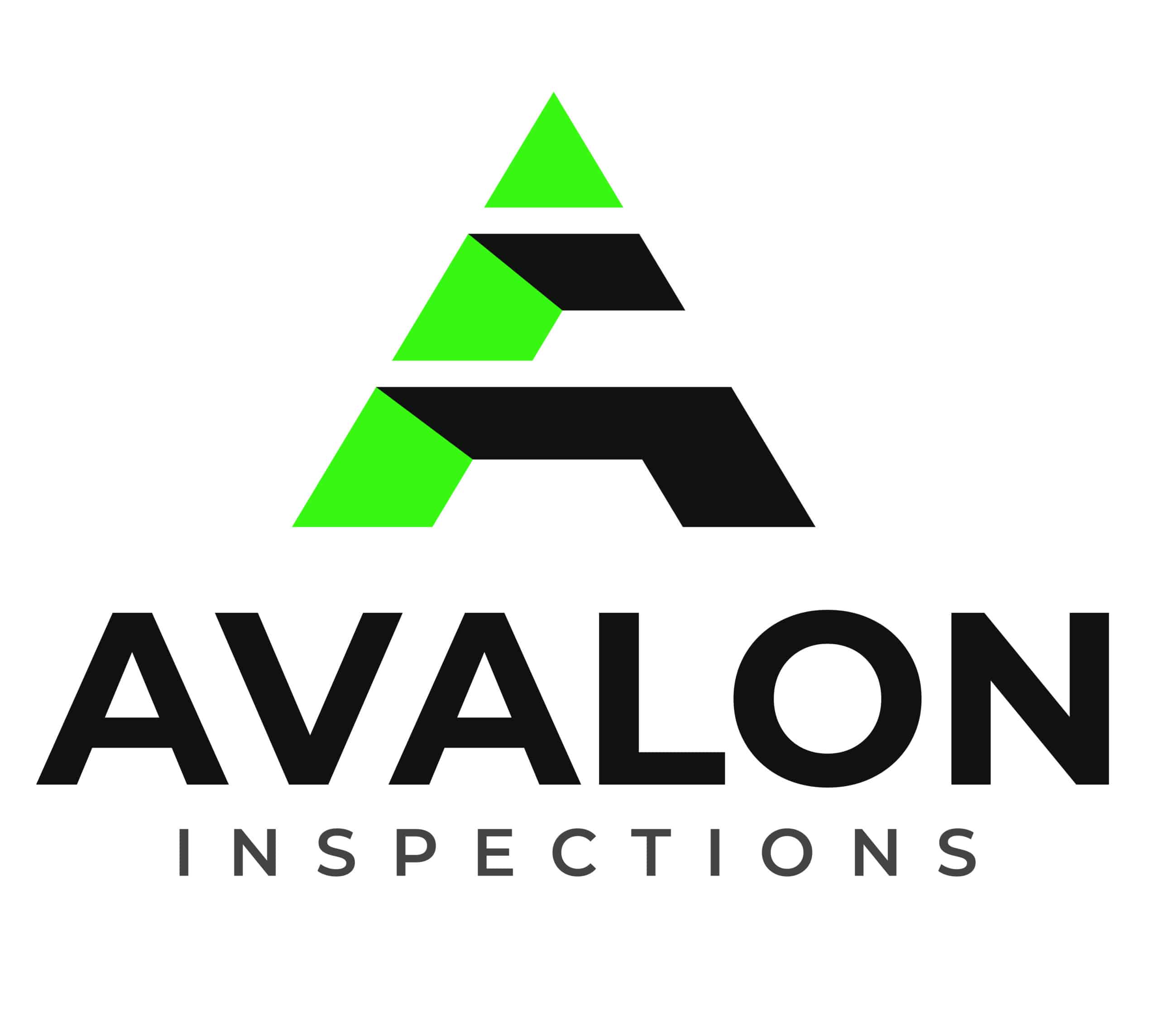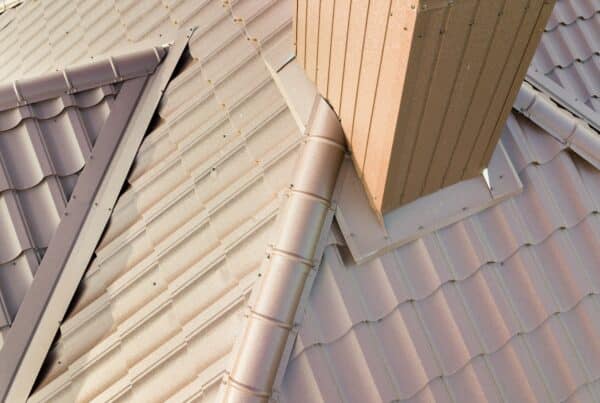
Your roof is your home’s first defense against the elements, but it’s overwhelming when it shows signs of wear and tear. You might be tempted to put off repairs or replacements, dreading the potential costs and disruption to your daily life. But what if there was a roofing solution that could give your home a fresh start without the hassle of a traditional roof replacement? Enter roll roofing – a versatile and often overlooked material that’s been quietly gaining popularity.
In this article, we’ll dive into the material, why it can be a good choice, and weigh some of its downsides. We’ll also share tips on how to take care of it and when to get expert opinions. You might find that roll roofing is exactly what you need!
Roll Roofing Explained
What sets this apart from other roofing materials? In a nutshell, it’s a giant roll of durable, weather-resistant material that can be easily cut and laid out on your roof. It’s made from the same tough materials as traditional asphalt shingles! This means it includes things like felt, fiberglass, and asphalt. The main difference is that you get one long, continuous sheet.
It’s a versatile go-to choice for low-slope roofs, like those on sheds, garages, and even some homes. It’s also a popular pick for temporary roofing solutions or as an underlayment beneath other materials. Even better, roll roofing is a breeze to install compared to traditional shingles. This makes it a favorite among DIY enthusiasts and roofing pros who want to save time.
While it might not have the same visual appeal as a fancy shingle pattern, it still gets the job done. It can even be a great fit for certain styles of homes or outbuildings. Plus, with the money you could save on installation, you might have extra cash to spruce up other home components.

Part of a Roof With Red Roll Roofing Being Installed
Pros of Roll Roofing
Aside from its budget-friendly nature and ease of installation, roll roofing has a few more valuable traits. One of these lesser-known benefits is its impressive durability.
Despite its lightweight design, it’s able to withstand the elements and provide long-lasting protection for your home. It’s resistant to wind, rain, and even hail, ensuring that your roof stays strong and sturdy for years to come.
Another often overlooked advantage of this option is its fire resistance. Many roll roofing products keep fire safety in mind, helping to slow the spread of flames in the event of a fire. This added layer of protection can give you peace of mind and potentially help you save on home insurance.
Roll roofing is also a great choice for those who want to minimize their environmental impact. Many roll roofing products use recycled materials, reducing waste and helping to conserve natural resources. Plus, because it’s so lightweight, it requires less energy to transport and install, further reducing its carbon footprint.
Lastly, this is an excellent option for those who need a quick roofing solution. Whether you’re dealing with an unexpected leak or need to quickly roof a new structure, rolls can be ready in a fraction of the time it takes to lay traditional shingles.
Potential Drawbacks of Roll Roofing
While roll roofing certainly has its fair share of advantages, it’s important to consider some potential limitations before deciding.
One of the main drawbacks of roll roofing is its shorter lifespan compared to other roofing materials. On average, it lasts about 5 to 10 years. Comparatively, roofing options like architectural shingles can last 20 to 30 years or more. This means you may need to replace your roll roofing more frequently, which can add up over time.
Another potential issue is its vulnerability to damage from foot traffic. Because it’s in large sheets rather than individual shingles, rolls are prone to tearing. This is primarily true if you frequently walk on your roof for maintenance or other reasons.
Aesthetics can also be a concern with roll roofing. While it comes in various colors and styles, it may not offer the same visual appeal as other roofing options. This can be especially important if you want to maintain a certain level of curb appeal.
It’s also worth noting that roll roofing may not be the best choice for all climates. In areas with extreme temperatures or heavy rainfall, roll roofing may not provide the same level of protection as other roofing materials. It can be more susceptible to cracking, blistering, or warping in these conditions, compromising its overall performance and longevity.
Types of Roll Roofing
While all roll roofing serves the same basic purpose, a few key differences can impact its appearance, durability, and overall performance.
Mineral-Surfaced Roll Roofing
One of the most common types of roll is mineral-surfaced. This variety features a layer of granules on top of the asphalt-coated material, which helps protect the roof from UV rays and weathering. Mineral-surfaced roll roofing typically comes in a range of colors, allowing you to customize the look of your roof to complement your home’s exterior.
Smooth-Surfaced Roll Roofing
Another popular option is smooth-surfaced, which foregoes the granular layer in favor of a sleek, uniform appearance. This type of is often more affordable than its mineral-surfaced counterpart, making it a great choice for budget-conscious homeowners. However, it may not offer the same level of UV protection and may be more susceptible to weathering over time.
Saturated Felt Roll Roofing
A more heavy-duty option. This type features a thick layer of asphalt-saturated felt, which provides excellent waterproofing and durability. It’s common in commercial or industrial settings, but can also be a smart choice for homeowners looking for maximum protection against the elements.
Rubberized Asphalt Roll Roofing
If you’re looking for a roll roofing option that offers superior flexibility and crack resistance, rubberized asphalt roll roofing might be the way to go. This innovative material incorporates rubber polymers into the asphalt mixture, resulting in a roofing surface that can better withstand temperature fluctuations and structural movement. It’s an excellent choice for roofs with unusual shapes or angles, or for areas prone to extreme temperature changes.
Built-Up Roll Roofing
For extra protection, consider built-up roll roofing. This method involves applying multiple layers of material, with each layer sealed with hot asphalt or adhesive. While it’s more labor-intensive, built-up roll roofing offers unparalleled durability and longevity, making it a worthwhile investment for those looking for a long-term roofing solution.

Cost Considerations
As with any home improvement project, cost is a major factor – the good news is that roll roofing is generally one of the most affordable roofing options on the market. But how much can you expect to spend on a roll roofing project?
Amount and Type of Material Needed
One of the biggest factors that will impact the cost of your roofing is the size of your roof. This material is typically sold by square foot, so roofs requiring more material will be more expensive. However, even with a larger roof, rolls are often more affordable than other options like architectural shingles or metal roofing.
The type of roll roofing you choose will also impact your overall costs. Here’s a quick breakdown:
- Mineral-surfaced is more expensive than smooth-surfaced due to the added cost of the granular layer.
- Smooth-surfaced is generally the most affordable option.
- Rubberized asphalt roll roofing has higher costs due to specialized materials, but offers superior flexibility and crack resistance.
- Built-up roll roofing is more labor-intensive and expensive but provides unparalleled durability and longevity.
Your Existing Roof’s Condition
Another cost consideration is the condition of your existing roof. If your roof is in poor condition and requires extensive repairs or replacement, this will add to your overall costs.
Finally, don’t forget to factor in the cost of labor when planning your roofing project. While roll roofing is generally easier to install than other roofing options, it still requires a certain level of skill and expertise.
Average Roll Roofing Costs
Here are some rough cost estimates for a roll roofing project, based on national averages:
- Material costs – $0.50 to $2.00 per square foot
- Labor costs – $1.00 to $3.00 per square foot
- Total project costs – $1.50 to $5.00 per square foot, or $1,500 to $5,000 for a 1,000 square foot roof
Keep in mind that these are just estimates, and your actual costs may vary depending on the factors discussed above. However, even at the high end of these estimates, this material is still generally more affordable than other roofing options.
Recommended Maintenance
To ensure your roll roofing lasts as long as possible and continues to protect your home effectively, it’s important to perform regular maintenance.
One of the most critical tasks is to keep your roof clean and free of debris. Leaves, twigs, and other organic matter can trap moisture against the surface of your roll roofing, leading to premature deterioration. Regularly cleaning your roof with a soft-bristled brush or broom can help prevent this issue.
In addition to keeping your roof clean, inspect your roofing periodically for signs of damage or wear. Look for cracks, splits, or blisters in the surface of the roofing material, as these can allow water to penetrate and cause leaks. If you notice any damage, it’s important to address it promptly to prevent further deterioration.
Another key aspect of maintaining your roofing is to ensure proper drainage. Roll roofing sheds water efficiently, but if your roof has low spots or areas where water can pool, it can lead to leaks and other problems. Ensure your roof has an adequate slope and that your gutters and downspouts are clean and functioning to promote good drainage.
When to Call a Professional
While some roof maintenance can be independent, many situations call for a professional. For instance, if you notice any leaks or signs of water damage inside your home, address the issue promptly.
If you experience severe weather events, have your roofing inspected by a professional. These events can cause damage that may not be immediately visible, such as loosened nails, torn seams, and leaks down the road.
Finally, if your roofing is nearing the end of its lifespan and showing signs of widespread wear or deterioration, it may be time to consider a full replacement. A professional roofer or home inspector can assess the condition of your roof and recommend the best course of action based on your specific needs and budget.
Conclusion
In summary, this type of roofing is a versatile, affordable, and durable option, perfect for many homeowners. While it may not offer the same visual appeal as other roofing materials, its ease of installation, cost-effectiveness, and long-lasting performance make it a smart choice for various applications.
With an understanding of the different types of rolls available, weighing the pros and cons, and considering the cost factors, you can decide whether it’s is the right fit for you.
If you need an expert’s eyes on your existing roof or a complete home inspection, call Avalon Home Inspections in Atlanta, GA, and surrounding areas.






